Juniper – a plant to be celebrated and protected
Many of us will be familiar with the aromatic taste that juniper gives one of our favourite tipples; gin, but how much do we know about the plant the berries come from? Katie Horton, one of this year’s assistant rangers gives us an insight into the world of juniper, one of only three native conifer species in Scotland along with Scots pine and yew, and one of the Trust’s Priority Species.
Nestling above the River Tay, Balnaguard Glen Wildlife Reserve is one of five that the Trust manages in Perthshire, and has one of the best examples of wild juniper in Tayside. The reserve itself comprises of a steep wooded gorge, ancient birch woodland, recovering heathland and calcicolous grasslands.
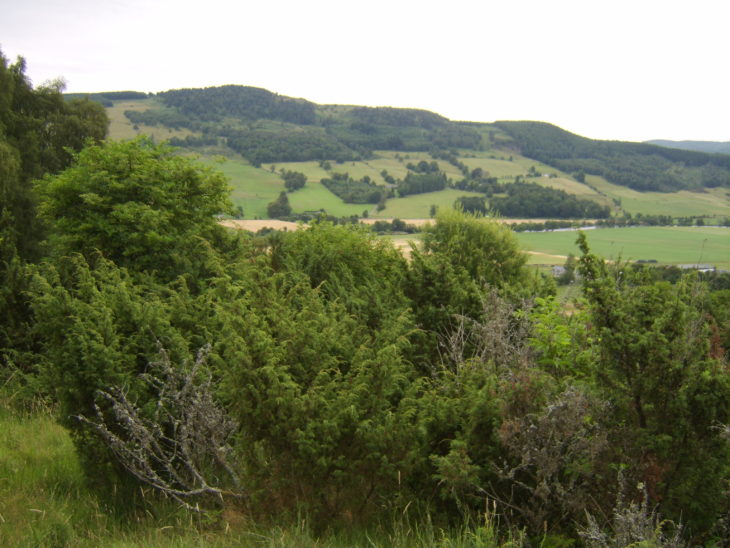
With a new fence erected around the reserve to keep out deer and the volunteer team tackling the ever pervasive bracken, a substantial area of the reserve is being managed to help the regeneration of juniper.

Cultural, medicinal and culinary use of juniper throughout history has contributed to it being one of the most widely distributed woody plants in the world, spanning across Northern America, Europe and Asia.
However, in Scotland it has been decreasing for the last few decades. In fact it has been designated as a key woodland species under the 2006 Scottish Forestry Strategy and listed as a UK Biodiversity Action Plan species due to its importance in the ecosystem.
Juniper creates important habitat and food for many small birds and mammals. Over 40 species of insect and many species of fungus are associated with juniper. So a reduction in stands has the potential to have a wide knock on effect across ecosystems and a decline of many other species.
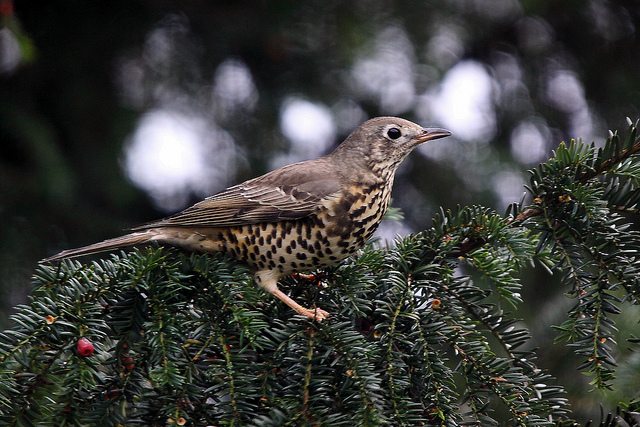
A lack of regeneration has left populations with mainly mature and old trees rather than a natural spread across generations. So it may look like juniper is widespread in some areas, but this does not always mean there is successful regeneration occurring that would produce varying age classes.
Juniper is a dioecious plant, meaning that it has separate male and female trees. The male tree produces pollen from small flower cones in spring, and the female tree produces cones that look like berries. The long-term reproductive strategy of juniper means regeneration can often be unsuccessful due to a number of challenges. Berries can take up to 2-3 years to ripen and the seeds inside are not always viable. This could be due to damage from insects such as the juniper berry mite among other reasons.
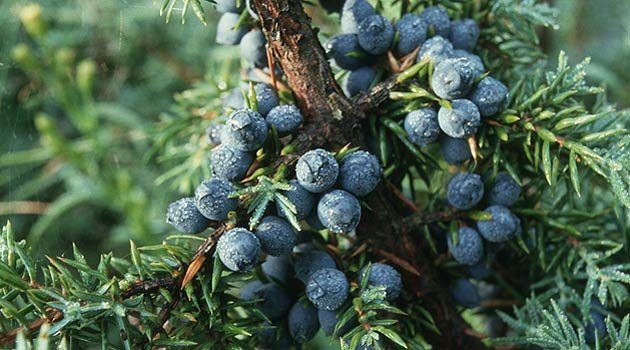
If seeds are viable they will need the right conditions to grow. Long-term changes in habitat use have been a major issue because much of juniper habitat has been converted to grassland for grazing. This often means that juniper seeds either are unable to compete, or the seedlings are grazed and not able to establish. Land use changes have also altered hydrology, making some sites more wet and less favourable to juniper, which has been found to prefer well-drained soil.
Waterlogged sites have also contributed to the spread of the pathogen Phytophthora austrocedrae, which has been found in Scotland since 2012. It primarily attacks the roots of juniper and forms lesions that will lead to dieback and inevitably lead to the death of plants. Stopping this spread to stronghold areas in vital in protecting juniper for the future.
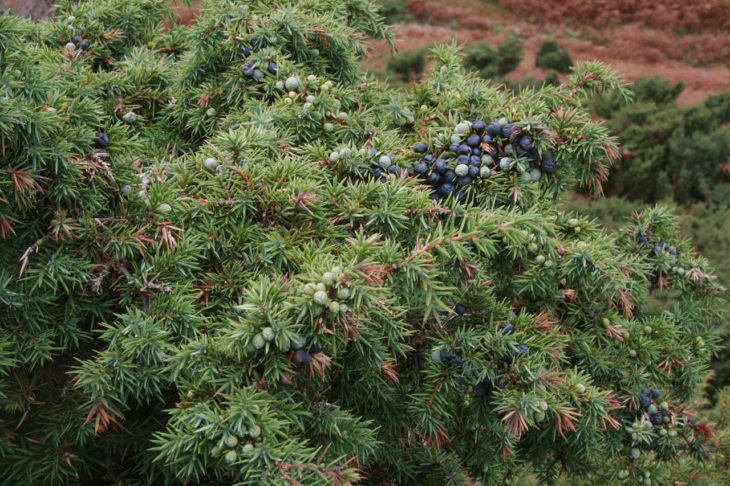
Although juniper regeneration has struggled, once a tree has matured after around 7-10 years, it is better able to cope with some disturbance. So helping new plants to establish on favourable land is a priority to have populations that are able to withstand small amounts of grazing pressure in the future.
Balnaguard Glen is an important stronghold for juniper locally, so the work being carried out on site to remove bracken from shading regeneration and preventing deer browsing will help to keep this important species going for the future.
Katie Horton
Assistant Ranger
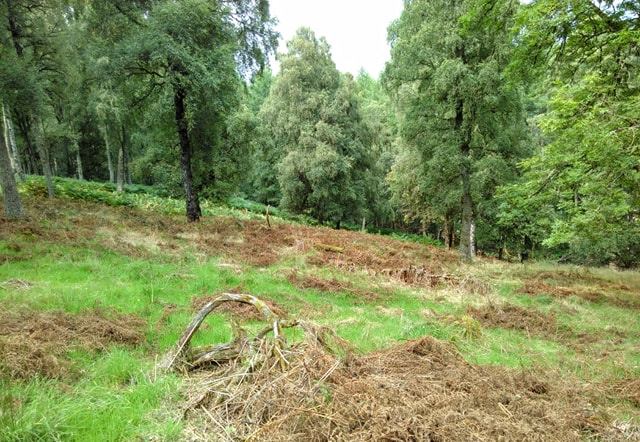
Help protect Scotland’s wildlife
Our work to save Scotland’s wildlife is made possible thanks to the generosity of our members and supporters.
Join today from just £4 a month to help protect the species you love.
Preface
Many of us will be familiar with the aromatic taste that juniper gives one of our favourite tipples; gin, but how much do we know about the plant the berries …
